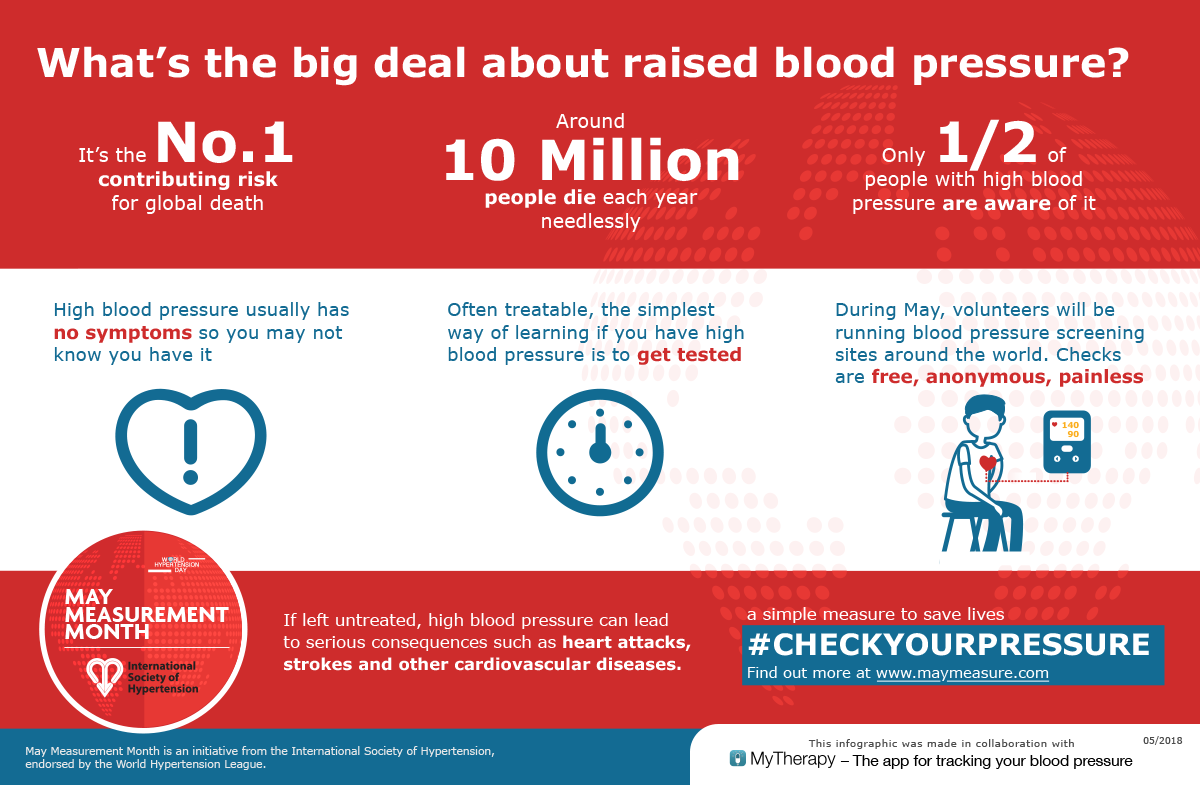It feels as if we are in a new era, as if there will be a before and an after with smartphones; perhaps it’s too great a comparison, but maybe it’s not dissimilar to the industrial revolution. Already, within the space of a few years, it is ingrained in our lives, changing the way we interact, work and spend our time. Social media came earlier, but with smartphones it has rapidly impacted our lifestyle – the way that younger generations are growing up will probably never be the same again.

There are certainly pros and cons, and as we begin to understand the potential pitfalls of this revolution, one wonders how Mark Zuckerberg will be seen by future generations. But while we are just beginning to understand the ramifications, we are still working out ways in which we use the new technology. Thousands of years on we are still tinkering with the wheel, finding new designs and new things to put it on, while smartphone technology is developing faster than we can find ways to use it. Not only are there new questions, but we have the opportunity to re-examine old problems. It follows that we would do the same with the health sector.
Hypertension, or as it is more commonly known as high blood pressure, is by all accounts the biggest affliction facing the world at the moment- thus it makes sense it would be the first question we try to address. Hypertension may seem like a relatively innocuous ‘condition’, but surprisingly it is the number one risk factor for death around the world and affects over 10 million people around the world. High blood pressure significantly increases the risk of stroke and heart attacks – one of the biggest killers in the world. Despite this, reportedly only half of the hypertensive population are aware they have it.
The International Society of Hypertension [ISH] believes that millions of lives could be saved if people were to simply get their blood pressure tested and then could take steps to manage their blood pressure appropriately. Indeed, in India, the rate of hypertension is estimated to be around 1 in 3 adults, as per Dr. Ramakanta Panda, MD of the Asia Heart Institute. These somewhat scary statistics led the ISH to launch the incredibly successful May Measurement Month campaign, which aims at publicizing the issue and getting people to get their blood screened.
You might be wondering what smartphones have to do with this? Well, they are helping people to stay healthier for longer. The MyTherapy app for example, allows you to track your blood pressure [or any other measurement/symptom] over a long period of time and puts it into easy to read graphs, so people can get a comprehensive, fact-based summary of how their health is. If someone with hypertension, for example, is able to see their blood pressure rising or a change coinciding with other symptoms, they can address the issue sooner, before the situation worsens. The app even allows you to share the information with healthcare professionals, allowing them to diagnose the issue quicker.
Originally launched in 2013 in Germany, the free app is chiefly a medication reminder app, but has expanded to include other functions like the measurements section or the sharing option which is available for family and friends too, for extra support. Taking into account that adherence for chronic diseases is only around 50% [WHO], it obviously represents a potential area of major improvement. Tested and proven to better adherence, millions of lives and billions of pounds, dollars and rupees could be saved if people were able to take their medication consistently and correctly.
The ‘new era’, as referred to earlier, brings with it more uncertainty than anything else. We are yet to properly explore and find out what it means for us in general. But it does present us with many opportunities, like the MyTherapy app and the MMM campaign. The infographic below sheds some light on the importance of knowing your health well.

The MyTherapy app is available for Android as well as iOS and can be downloaded from here & here.

